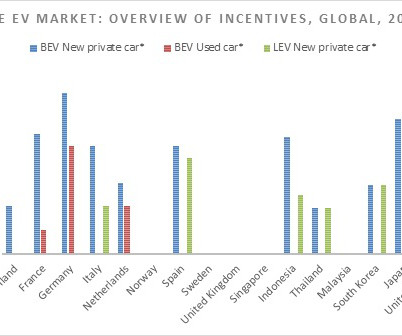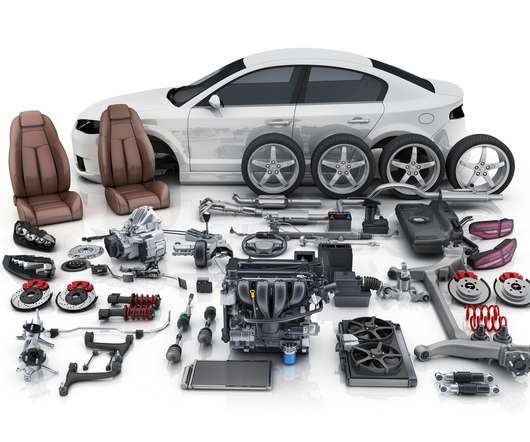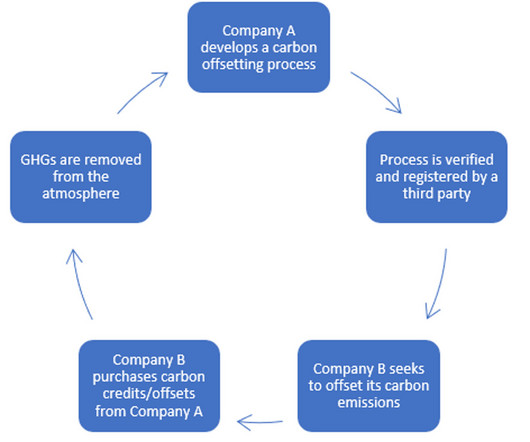Continued Policy Support will be Critical as Electric Vehicle Sales Reach New Milestone in the US
Frost & Sullivan
AUGUST 10, 2023
This has taken the form of a raft of tax credits, subsidies and incentives aimed at encouraging EV adoption. The tax credit for business owners is marginally higher with a maximum credit of up to $40,000. Moreover, the government offers a tax credit of 30% or up to a maximum of $1,000 towards installing a home EV charger.












Let's personalize your content